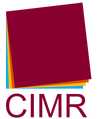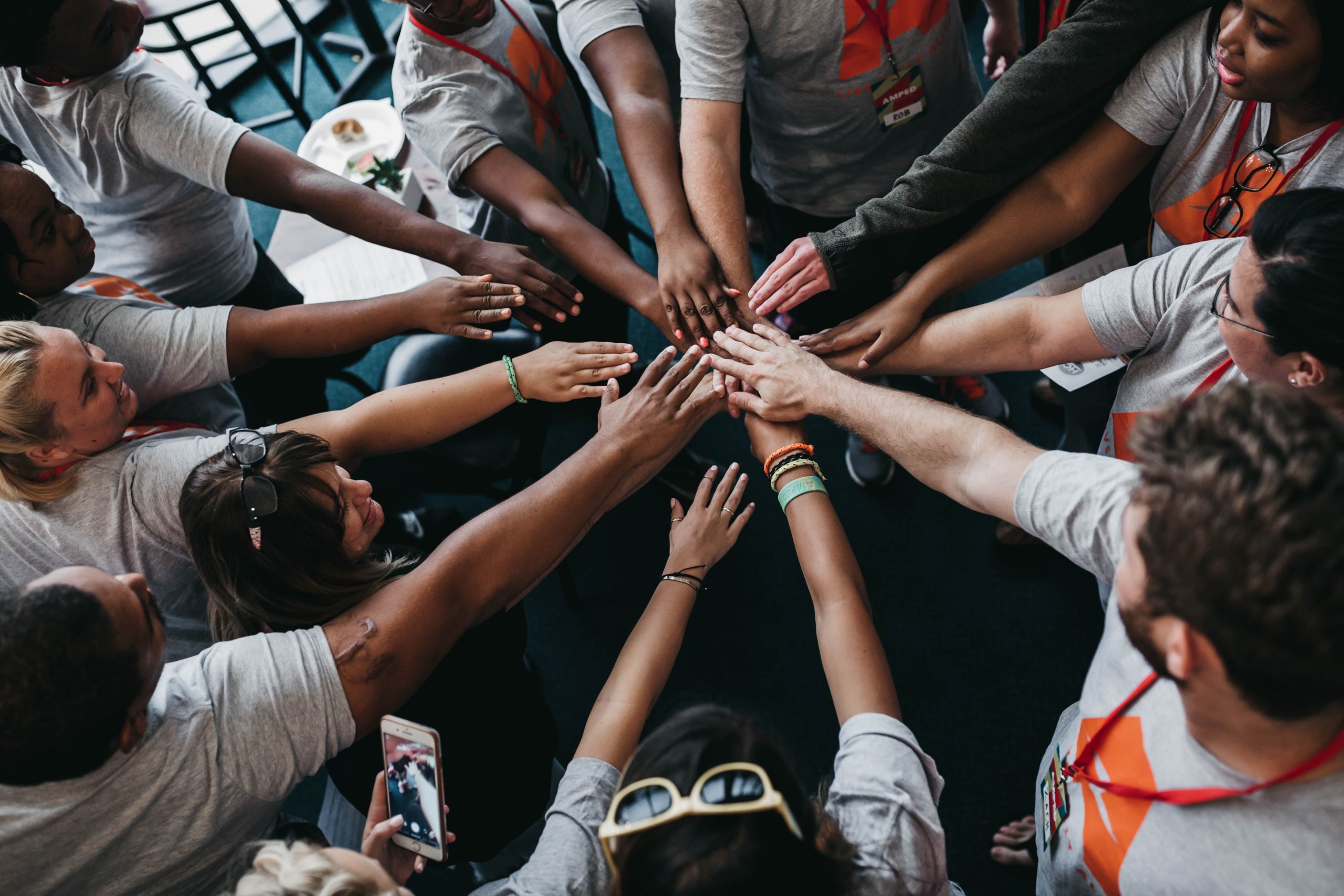The rapid spread of the pandemic has forced governments to implement multiple, and sometimes unprecedented, measures to prevent the collapse of the health system and of national economies worldwide. Crowdsourcing has played a role in this particular context. Crowdsourcing is the practice of obtaining solutions, such as services, ideas, or other contributions from a crowd by means of an open call that is disseminated through the Internet, often via crowdsourcing platforms.
In our article published in the Public Administration Review’s Viewpoint series, we aim to understand to what extent have the governments worldwide and public administrations more generally used crowdsourcing to tackle issues associated with the COVID-19 pandemic.
To do so, we collected data from 20 different internet platforms on which crowdsourcing challenges were posted after the outbreak of the pandemic, such as Challenge.com, Battle of Concepts, HeroX, InnoCentive, JOGL, Kaggle, Innoget and others. We restricted our focus to challenges that mentioned COVID-19 and we identified 158 challenges of which 83 were either fully public-issued and funded by a public organization, or led by a public-private partnership. For each challenge we collected detailed information about the funders, the characteristics of the challenge, such as the geographical target, the reward, and the duration, the details of the expected solution and its dissemination, and also the characteristics of eligible solvers. The challenges focused on a number of problems that arose during the pandemic. For example, many challenges relied on the crowd to create new masks or treatments for COVID-19 infections; others tried to develop systems for the home care of sick patients, for sharing real-time information on the spread of contagion, and methods of prevention; others were intended to help citizens fact-check online discussions to counter disinformation. 52% of these challenges were funded by national governments.
We analysed the data that we collected and we categorised challenges according to two dimensions: the extent to which the proposed solution is co-created between the seeker (the public administrator) and the solvers responding to the challenge; and the extent to which the solution is openly disseminated. This way, we identified four types of crowdsourcing challenges used by public administrations.
Figure 1. Types of crowdsourcing challenges

The first is e-procurement, where the crowd is called upon to respond to a precise, detailed need of the public administration, with a number of constraints regarding the participants, and without the requirement to use open practices. The second type which we named “Release of open data” refers to cases where the seeker specifies many aspects of the expected solution in advance, but allows for open dissemination of information about the solutions submitted. The third type, “elicitation of ideas” refers to challenges that aim to elicit contributions from the crowd, leaving the crowd a large degree of freedom. Finally, the fourth type of challenge, “Open co-creation” is characterized by high collaboration between the seeker and solvers and open dissemination of information.
While public administrations have used all four types of crowdsourcing, ‘open co-creation’ challenges constitute a small share of all public crowdsourcing challenges.
We identified two main factors that drive the government’s choice to use each type of challenge. The first driver is the object of the challenge. When the challenge is related to goods and services close to being commercialized on the market, there is low degree of co-creation between the public administrations and the seekers. Conversely, services and goods further away from commercialization are more prone to co-creation. The second driver that we identified is the familiarity with open government practices of the public administration issuing the challenge. Governments that had previous experience with crowdsourcing tend to be more prone to promoting open innovation and co-creation. Hence, there is scope for more extensive use of ‘open co-creation’ challenges in the context of policies responding to large-scale complex problems such as the COVID-19 pandemic. While the use of crowdsourcing by public organizations is certainly very positive and valuable, the experience gained during the pandemic period should pave the way to a much deeper and more comprehensive use of crowds to tackle issues of public interest.
For more details about our study you can read the full paper:
Colovic, A., Caloffi, A. and F. Rossi (2022) “Crowdsourcing and COVID-19: How public administrations mobilize crowds to find solutions to problems posed by the pandemic”, Public Administration Review. https://onlinelibrary.wiley.com/doi/epdf/10.1111/puar.13489
***
Ana Colovic, Annalisa Caloffi and Federica Rossi

